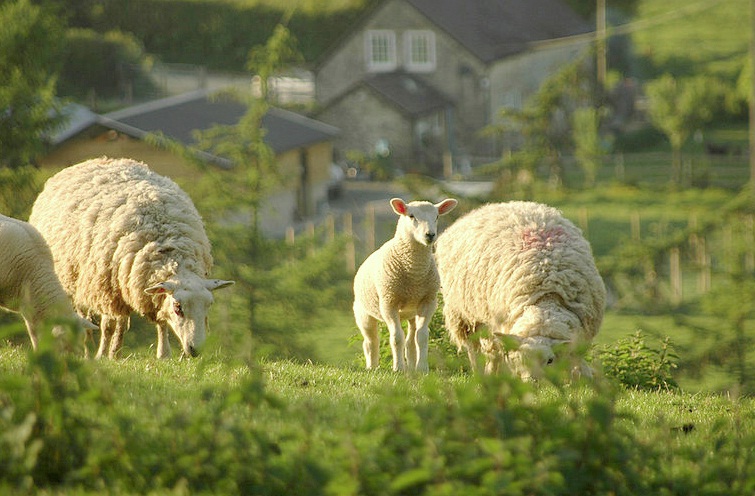
Livestock representatives from the UK farming unions have been meeting in London to discuss the on-going challenges facing the sheep industry.
The summit was called following a challenging year for producers which has seen farms hit by poor weather, a longer finishing period, rising costs, disease challenges and a marked drop in lamb prices over the past year.
Farmers are losing £29 on average for every lamb they sell at market after new figures revealed farm gate prices have dropped by a fifth in the past year.
But Sainsbury's pledged to increase the amount it pays for lamb until the end of February at more than 60p/kg above the market rate.
The news came after several farming groups called on retailers to show a 'genuine commitment' to their British suppliers and customers.
More than 800 farmers who supply Sainsbury's own brands will receive £3.80/kg for lamb, in a move that will ease the burden on some already hard-pressed farmers struggling with the collapse in the price of lamb.
"Sainsbury’s has recognised that sheep farmers cannot run businesses on current prices. It’s clearly time for the whole trade to now show they are committed to a sustainable UK lamb industry" said NFU livestock board chairman Charles Sercombe.
NSA Chief Executive Phil Stocker said lambs were growing at a far slower rate due to last years' poor weather.
"The weather last summer and autumn resulted in lambs growing far slower than normal and this has delayed the normal seasonal peak of production by six to eight weeks" he said.
Tensions are high among livestock farmers over the gulf between farmgate prices and the price on the supermarket shelves.
While farmgate prices have dropped by nearly a quarter and wholesale prices for UK legs of lamb are down 17 per cent, prices in the shops for UK product have only fallen by two per cent in the same time period.
Lamb prices are at their lowest in three years due to a poor summer, rising production costs and a longer finishing period.
Impacts from the new lamb-deforming disease Schmallenberg are also being felt with the spring lamb season about to get underway.
And the issue isn’t confined to UK lamb.
Figures show the wholesale price of New Zealand lamb has dropped 23 per cent (year on year), and yet the retail price for consumers has only come down 12 per cent in the same period.
The summit also heard from French, Spanish and Irish farming unions who outlined many of the same concerns via a conference call.
A joint industry statement said: "Confidence in the sheep sector is at rock bottom. Factors such as the weather, rising costs and disease are contributing to make the ‘perfect storm’ and farmers are being left to produce lamb at less than the cost of production."
"All four UK unions have committed to pull together to address the challenge farmers in countries across the EU are facing from cheap New Zealand imports and pressure on farm margins."
"We believe there is scope to review Specified Risk Material (SRM) controls which devalue older lambs and we would also urge the UK processing sector to take more of a lead to improve transparency for producers in the deadweight lamb market."
"Despite the troubling times, we believe there are grounds for optimism in the long term. We know our lamb is in demand both at home and abroad but the industry must regain its confidence to invest in the future if we are to exploit these opportunities."
